Photos: Paige Green
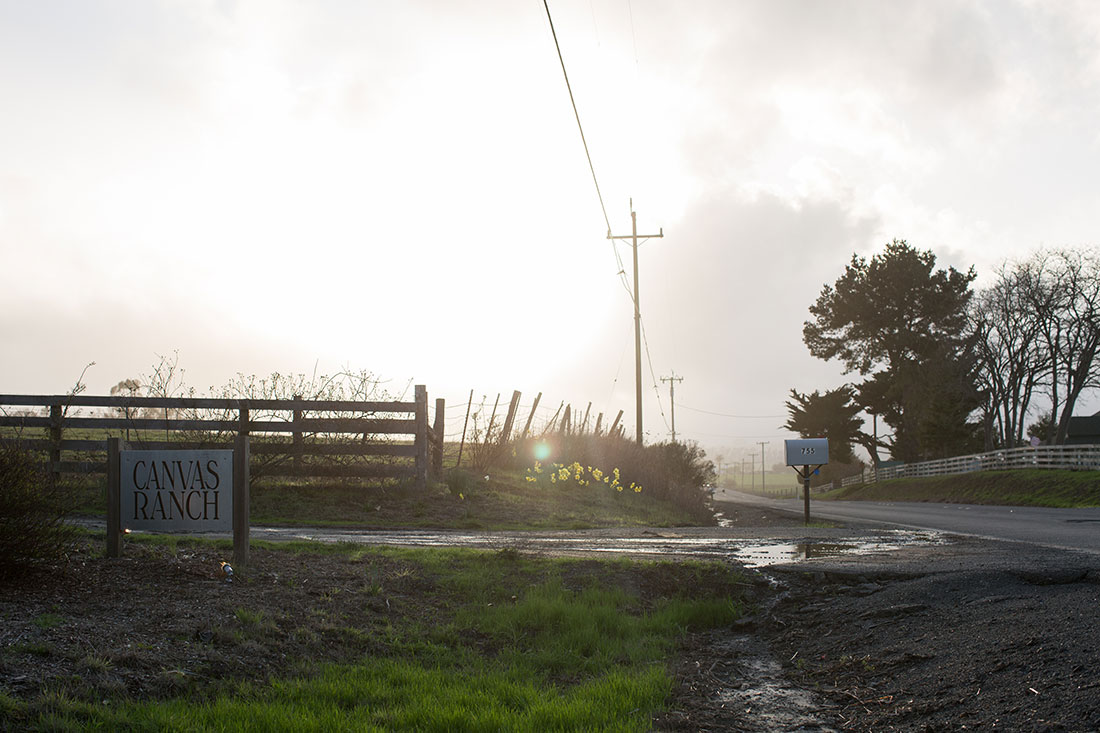
Taking an unexpected direction on one’s life path awakens new physical and emotional realities; for Deborah Walton and Tim Schaible that included a transition from a backyard garden and a career focused on running their own marketing and advertising firm—to a 28 acre landscape that has, over the last twelve and a half years, been the recipient of the couple’s caring touch. They’ve planted hundreds of trees, completed a house remodel, built their own art barn studio, planted fields of grains, greens, and seasonal vegetables, started a CSA, and they continue to raise a formidable group of hens. While this homestead was underway, Walton simultaneously built up a flock of BabyDoll Southdown sheep and a herd of cashmere goats; both are examples of rare and unique breeds for our region. It is this couple’s commitment to raising fiber producing animals that inspired our late Friday afternoon visit.
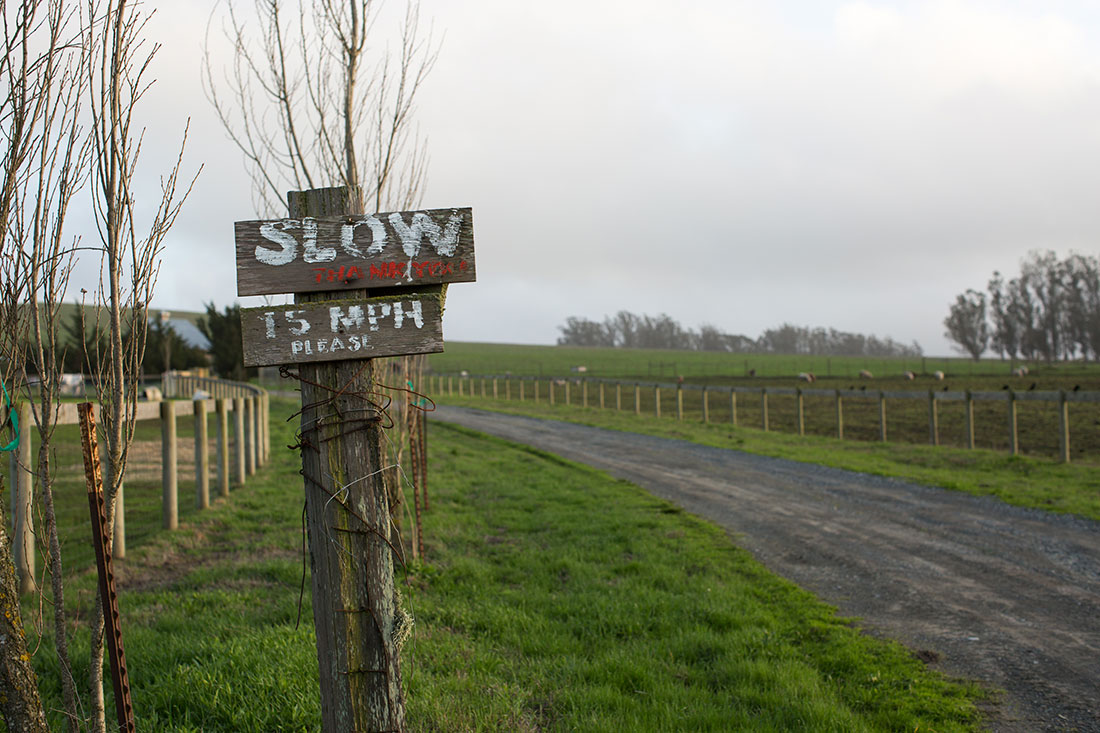
“We had a home in the burbs, a 20-year investment in our business, and after some significant life changes we decided to do some traveling,” said Walton. The couple toured an herb farm in Costa Rica, a cashmere goat soap operation in Italy (which provided quite a bit of inspiration), sheep grazed vineyards in France, and a host of small scale farms. All the while the couple was collecting experiences that would later inspire them towards more significant lifestyle changes. They eventually moved to the rural town of Tomales, a community known for its sweeping hills and pastures—a place where many domesticated flocks and herds have been raised since the time of the Spanish land grants in the 1800s. “While living in Tomales, I’d go in the backyard and say hello to our neighbor’s sheep. I’d never spent time around livestock before,” said Walton.
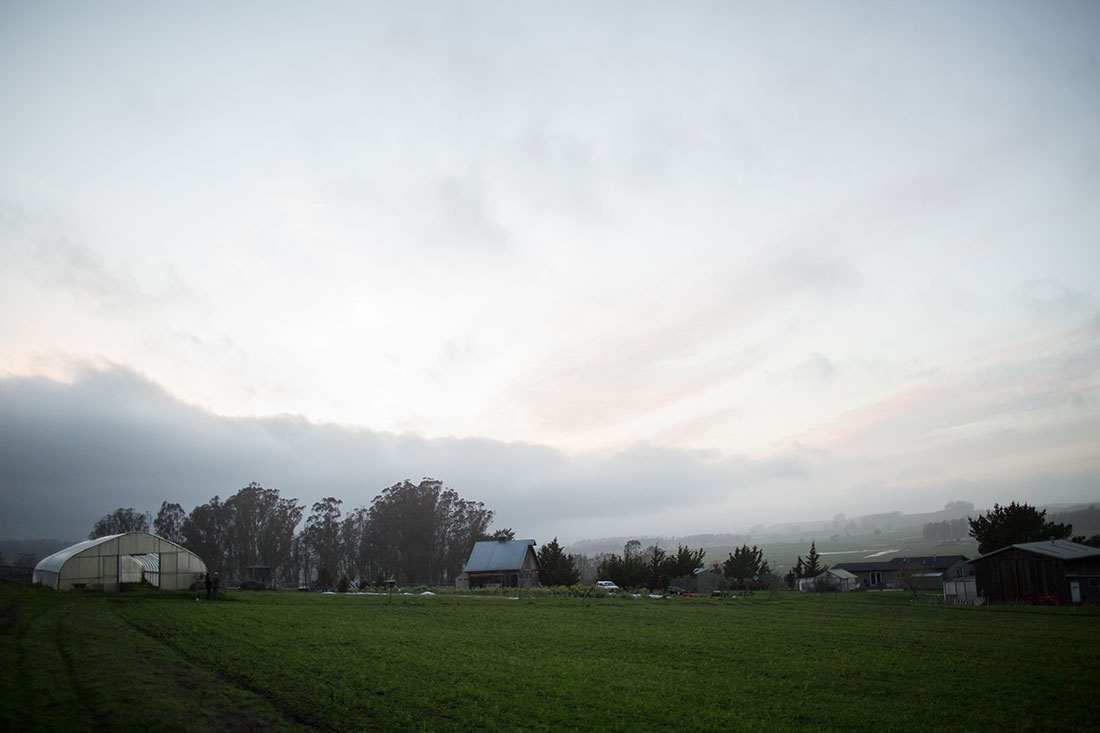
The couple began looking for a more permanent home and in the process Walton discovered a three-line ad in a local newspaper regarding the sale of a nearby farm. While Tim was traveling for business, Walton toured the land and felt inspired—so much so that she moved quickly ahead to secure the deal. “I called Tim and let him know that I’d made an offer, and that our offer was accepted,” Walton said with a laugh and smile.
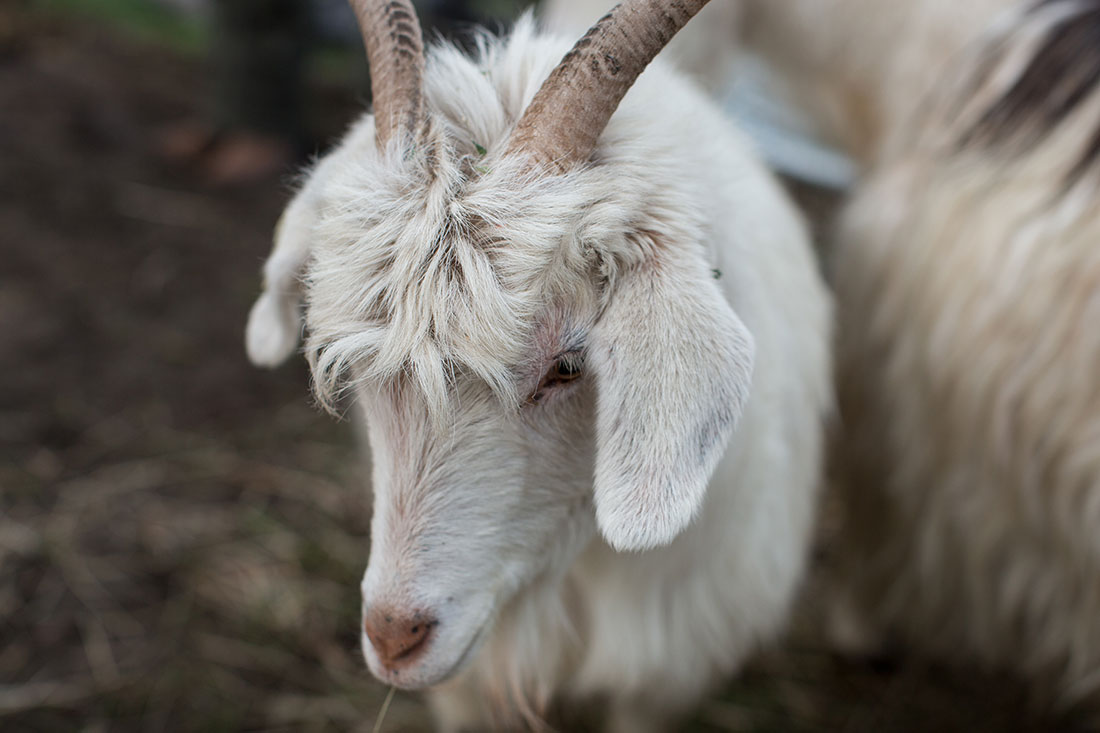
Plans swiftly began for the inclusion of cashmere goats. “I went up to Montana to work with an amazing woman, Ann Dooling, who had a 4,000 head herd, and a mill all on her own land—they made beautiful things out of that farm-based facility. I was so inspired by the fiber, and still am,” said Walton. Canvas Ranch now cares for over 18 cashmere goats, not including kids—which she does sell to other ranchers who are interested in fiber farming. If you would like to experience an in-person moment with this gentle herd, we recommend Deborah’s goat combing day, which happens each May. More information can be found on her calendar closer to the date.
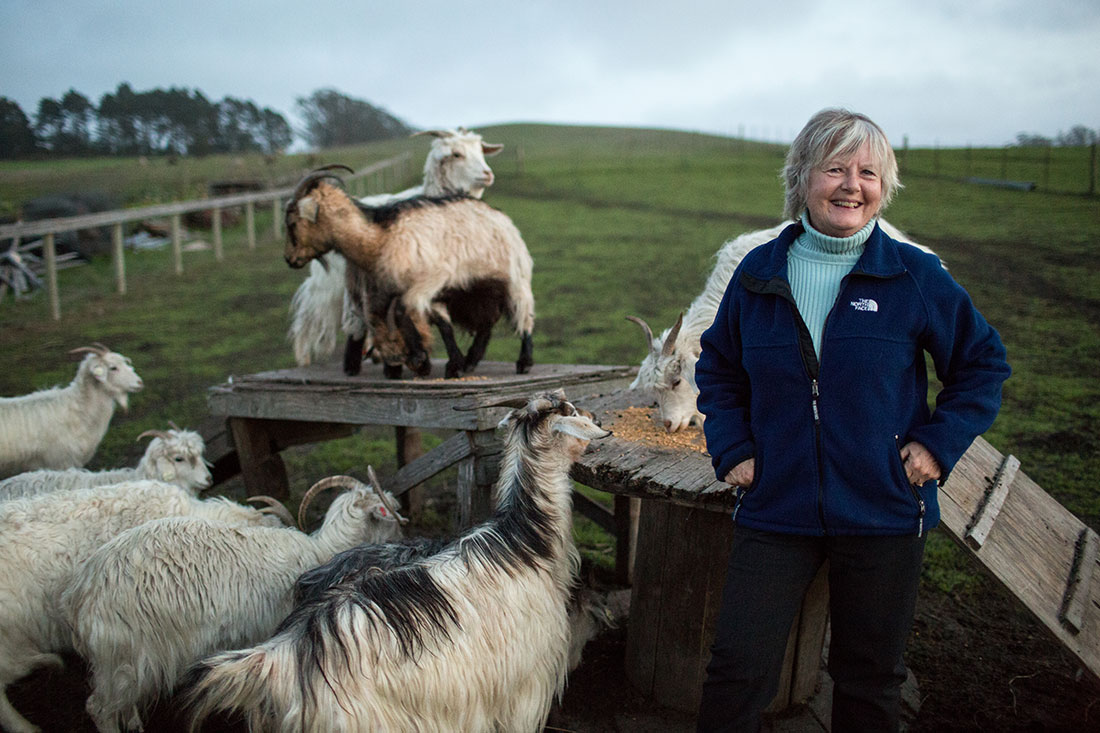
It was evident that with 28 acres, the potential for incorporating more livestock was possible—and Walton immediately began researching sheep. “I found the BabyDoll Southdown sheep during my investigations, and realized they were endangered—they are small (with heights just below the knee), and so people aren’t finding them useful for meat—their fiber is fine (18-22 microns) but the staple length is short (2+inches), and so many hand-spinners find this unappealing. However, I wanted to work with an endangered breed,” said Walton. There was also an epiphany about these sheep that no one had yet had. As Walton reflected on her time in France, she remembered seeing sheep grazing the vineyards. It dawned on her that these little sheep would fit nicely under the vines in our California wine-making region, and likely do a wonderful job eating and mowing. Walton’s idea worked—so much so that Canvas Ranch now earns a substantial amount of its income helping three to four organic vineyards manage and mow their cover crop each spring; Deborah has toured far and wide sharing her experiences about the BabyDoll Southdown’s great use in vineyard management, and has expanded her grazing services to solar fields where short, four-footed weedwackers fit nicely under the solar panels.
However, this year, with such severe drought in California, vineyard cover crops never germinated, and the sheep’s services were not required. “The drought forced us to purchase quite a bit of feed. The sheep typically spend eight months on our land and four months off-site grazing, which brings in income for us. This year our bills sky-rocketed,” said Walton. However, the drought did not stop the sheep from producing beautiful wool—and if you are interested in organic custom wool bedding, Canvas Ranch can supply it and it can be ordered here.
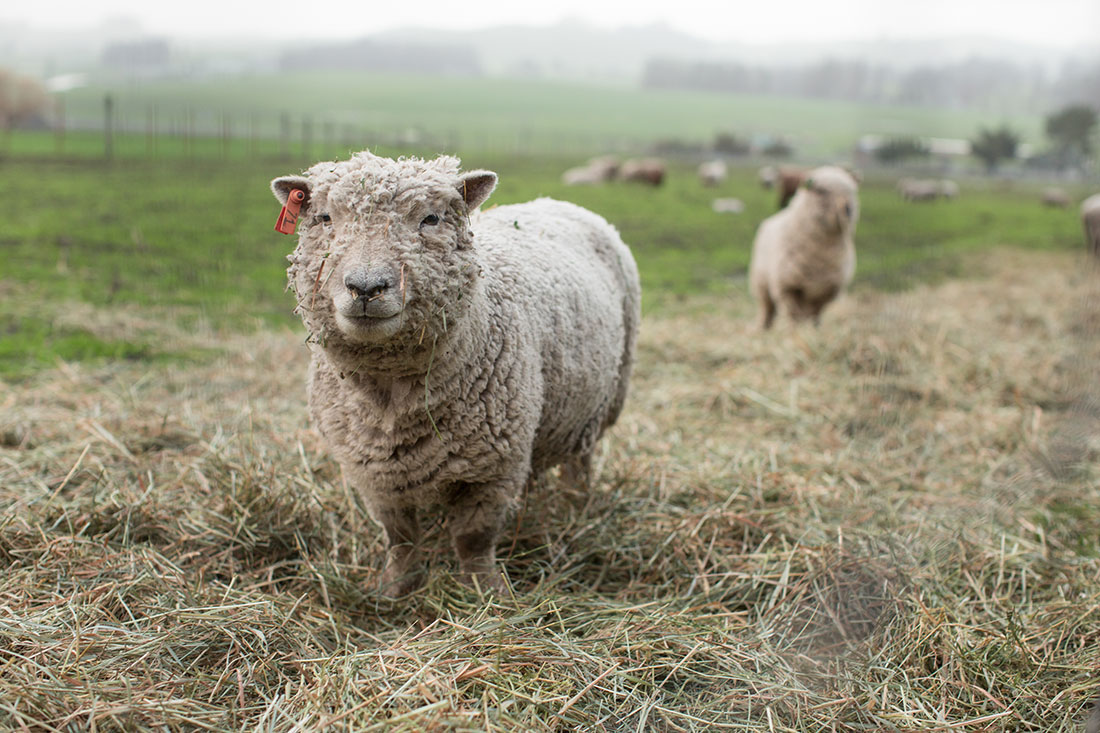
Given the severe drought conditions, we spoke with Walton about her practice of working with her sheep and what she thought about soil building and the system of ranching that could support solutions to climate change. “Our soil is quite good. I’ve been practicing Allan Savory’s theories of holistic management, and have read his book inside and out. His theories of pasture management, grazing, and integration of livestock into plant-based farming systems led to my being a zealot for leasing sheep to vineyards. Savory calls it ‘a biological form of tillage,’ adding manure, breaking up a compacted soil surface, and saving fuel and man-power costs,” said Walton. As Fibershed continues to interview producers in our community (all of whom have been affected by this drought), one of our interests is to share recent findings from local rangeland research and demonstration projects. After five years of on-the-ground research, it has been discovered that a 1/2 inch layer of compost applied to our rangelands has yielded an increase in water holding capacity of 25%, an increase in forage of 50%, and this application has also proven to sequester carbon at the rate of one ton per hectare per year. These findings hold great promise for building our soil, building resilience against drought, and bringing humans into balance with our carbon cycle. For more on that: click here.
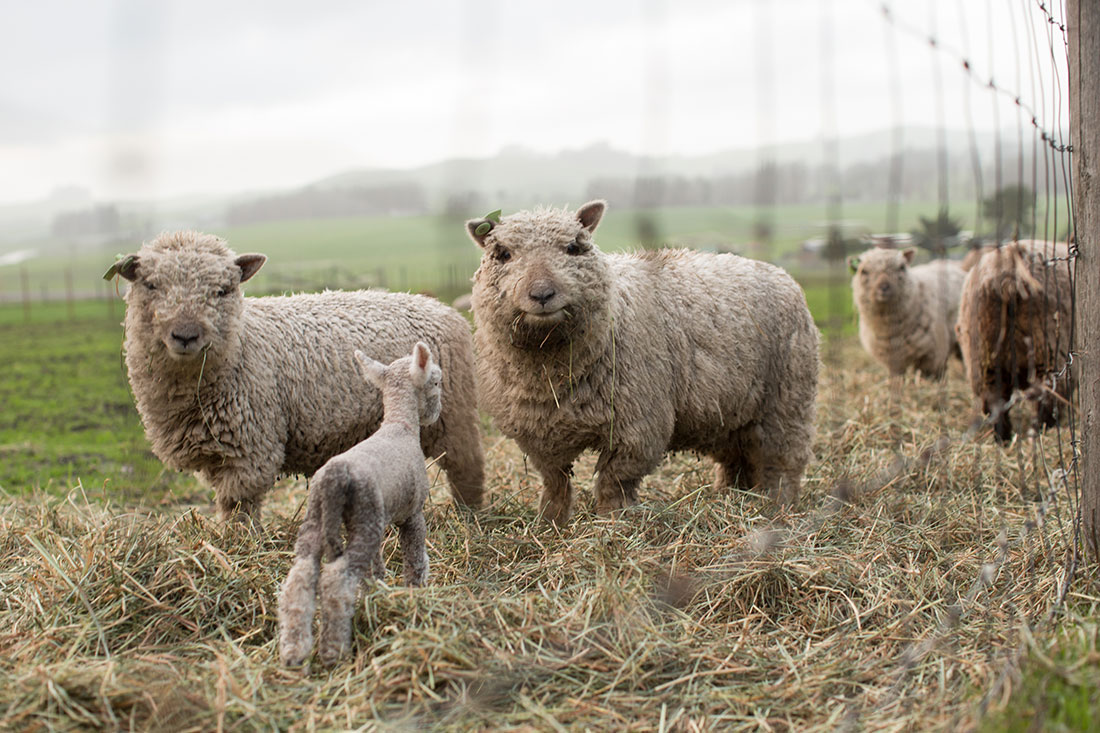
Our cool and cloud spotted evening at Canvas Ranch was a visit to be grateful for. The grass was greening—a sign that our drought conditions are slowly being ameliorated with the increasing frequency of small and gentle storms. It’s also not every day you cross paths with people who are actively envisioning and manifesting a life that honors the land and their own personal creative spirit. Even beyond the innovative farming practices, Deborah and Tim have woven their background in art into every detail of this place. The barn is an example of this pairing. Tim constructed the space for his fine art painting and the top half is rented to a musician. “My son and friend helped me build this studio—it’s a great space.”
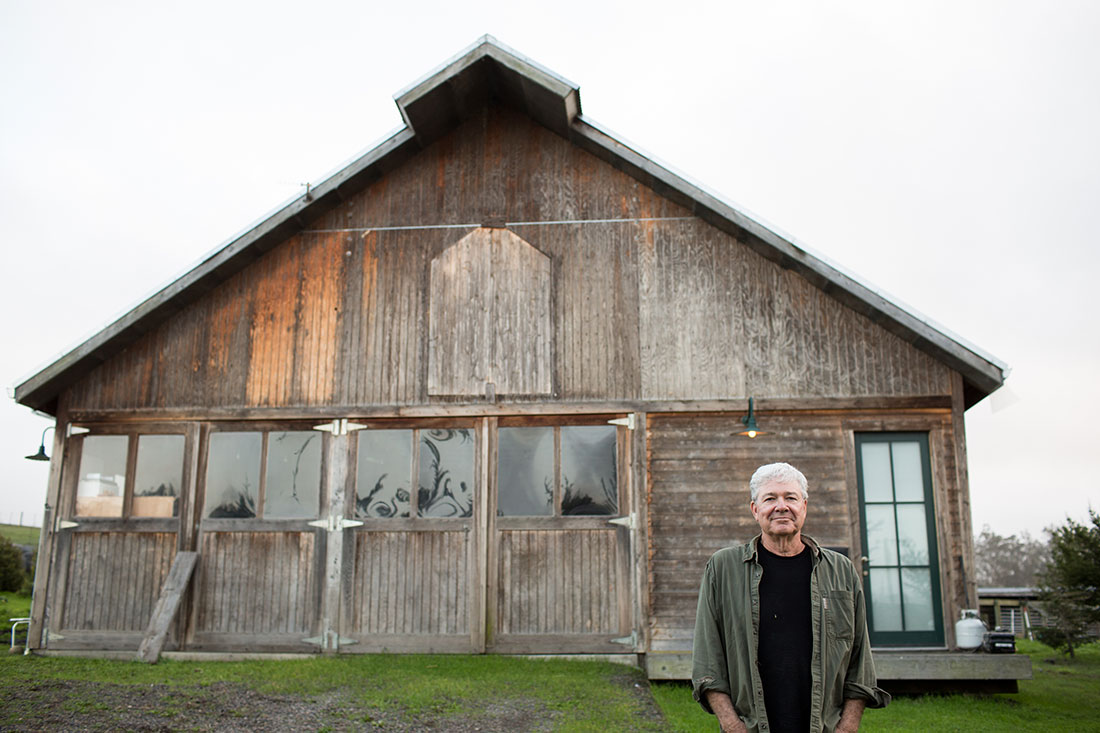
Much of Tim’s creative capacity is focused on the farm. The products of his and Deborah’s life’s work can be found every Sunday at the Marin Civic Center Farmer’s Market, Saturdays at Santa Rosa Wells Fargo Center market, and in the summer the Ross Farmers Market. I was fortunate to bring home a collection of greens and mustard flowers from our visit, which became a delicately rich and nutritious stir-fry not long after I arrived home.
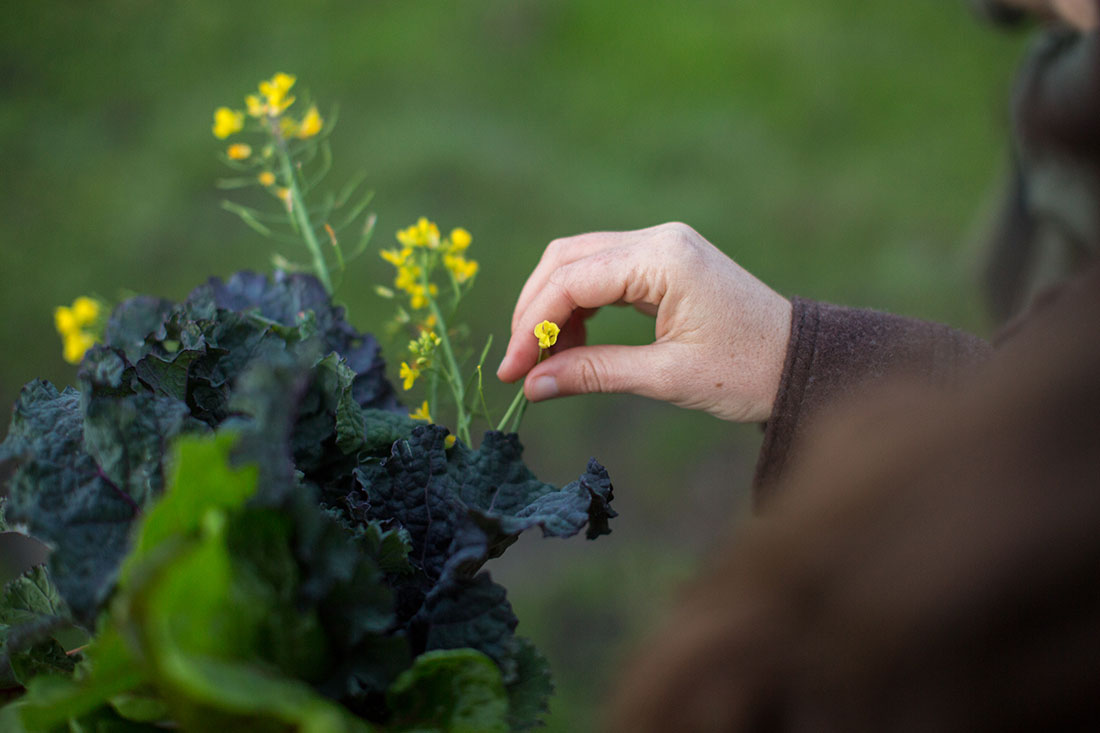
Organic bouquets of greens, Farro wheat, eggs, and dry beans can be purchased for your nourishment, and this summer the couple will be planting two acres of flax for seed (and fiber), along with their famous dry farmed heirloom tomatoes. Our Fibershed group looks forward to working with the flax stalks this summer to see if we can process them for small scale textile production, as well as get a feel for this crop’s ability to thrive in our temperate summer climate.
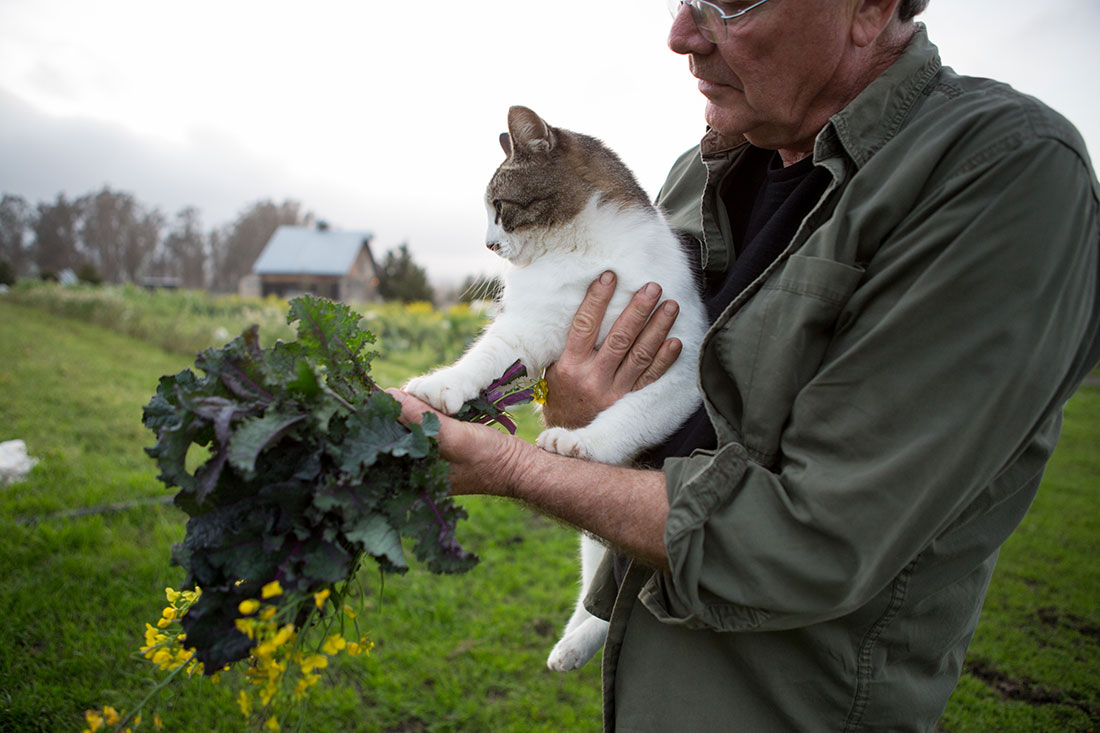
We’ll keep you all posted about the goings on at Canvas Ranch through our Facebook page, and we’ll make sure to stay current with their classes and events. In the meantime if you have any interest in spending some retreat time in the beautiful lands of Western Sonoma County—or know of someone who could use a good getaway—we highly recommend the couple’s Airbnb.
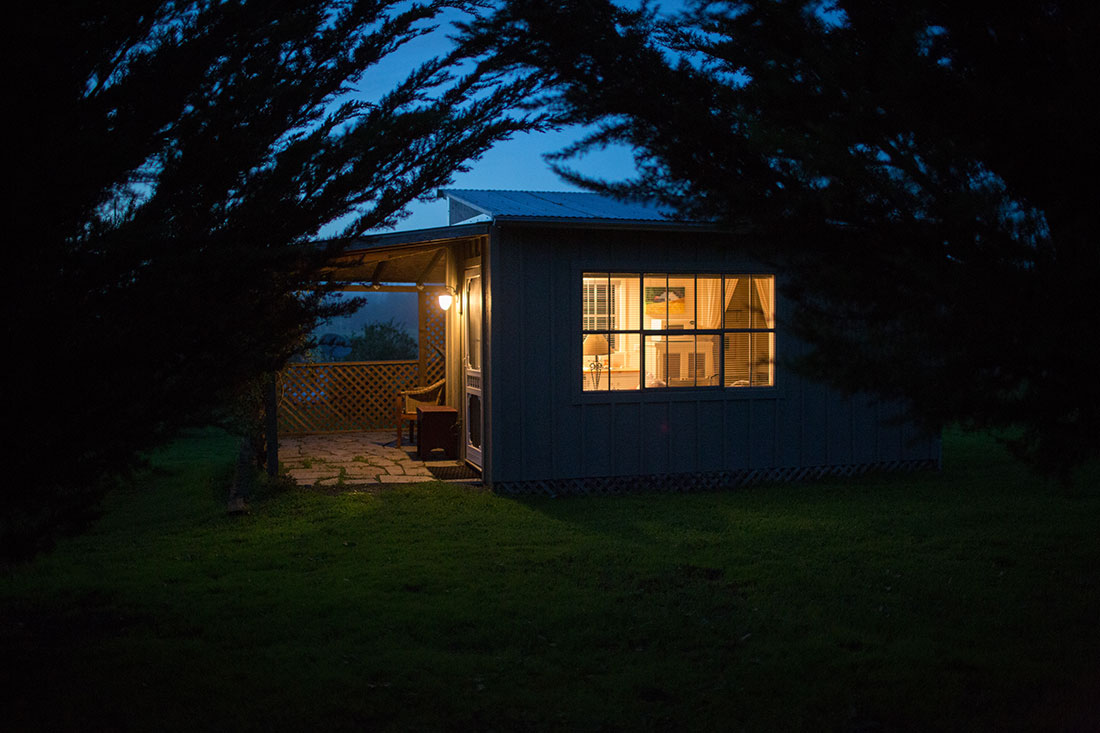
Thank you Deborah and Tim for such a lovely visit! Looking forward to our next sojourn at Canvas Ranch…
